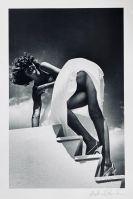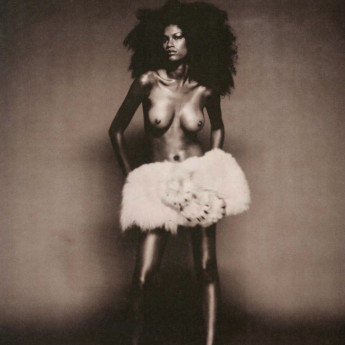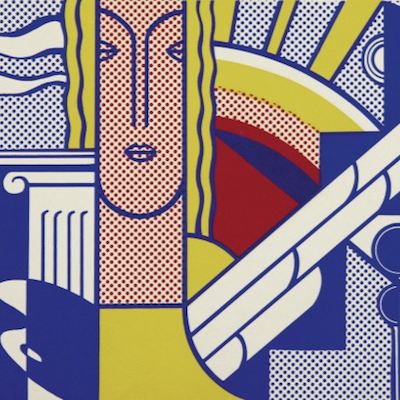
Details
Artist
Styles
Signed in ink (recto), titled, dated, numbered and copyrighted (verso) // Lucien Clergue’s Neverais II (1980) is a powerful gelatin silver print that captures the intense moment of a bullfighter in mid-action, face-to-face with a charging bull. The photograph freezes a split-second of high drama and tension in the bullring, highlighting the grace and danger of the bullfighting ritual. The composition is marked by strong contrasts: the bullfighter’s elaborate costume and poised stance contrast sharply with the raw power and movement of the bull. Clergue, known for his photographic storytelling and keen eye for dramatic composition, captures the energy and emotion of the scene, inviting viewers to confront the complex, often controversial nature of bullfighting. Signed on the front and further detailed on the back, the print measures 29.5 x 39.3 cm.
Neverais II, 1980
form
Medium
Size
29.5 x 39.3 cm
- Inches
- Centimeters
Edition
Price
Details
Artist
Styles
Signed in ink (recto), titled, dated, numbered and copyrighted (verso) // Lucien Clergue’s Neverais II (1980) is a powerful gelatin silver print that captures the intense moment of a bullfighter in mid-action, face-to-face with a charging bull. The photograph freezes a split-second of high drama and tension in the bullring, highlighting the grace and danger of the bullfighting ritual. The composition is marked by strong contrasts: the bullfighter’s elaborate costume and poised stance contrast sharply with the raw power and movement of the bull. Clergue, known for his photographic storytelling and keen eye for dramatic composition, captures the energy and emotion of the scene, inviting viewers to confront the complex, often controversial nature of bullfighting. Signed on the front and further detailed on the back, the print measures 29.5 x 39.3 cm.
- Recently Added
- Price (low-high )
- Price (high-low )
- Year (low-high )
- Year (high-low )
What is late modernism?
Late Modernism refers to the continuation and evolution of Modernist principles in art, architecture, and literature from the mid-20th century into the late 20th century. This movement maintains a focus on form, abstraction, and the rejection of traditional styles, but it often incorporates more complexity and ambiguity compared to early Modernism. Late Modernism explores themes such as alienation, identity, and the fragmentation of reality, reflecting the social and cultural shifts of the post-war period. It is seen in the works of architects like Louis Kahn and artists like Francis Bacon, who pushed the boundaries of Modernism while responding to the changing world around them.













